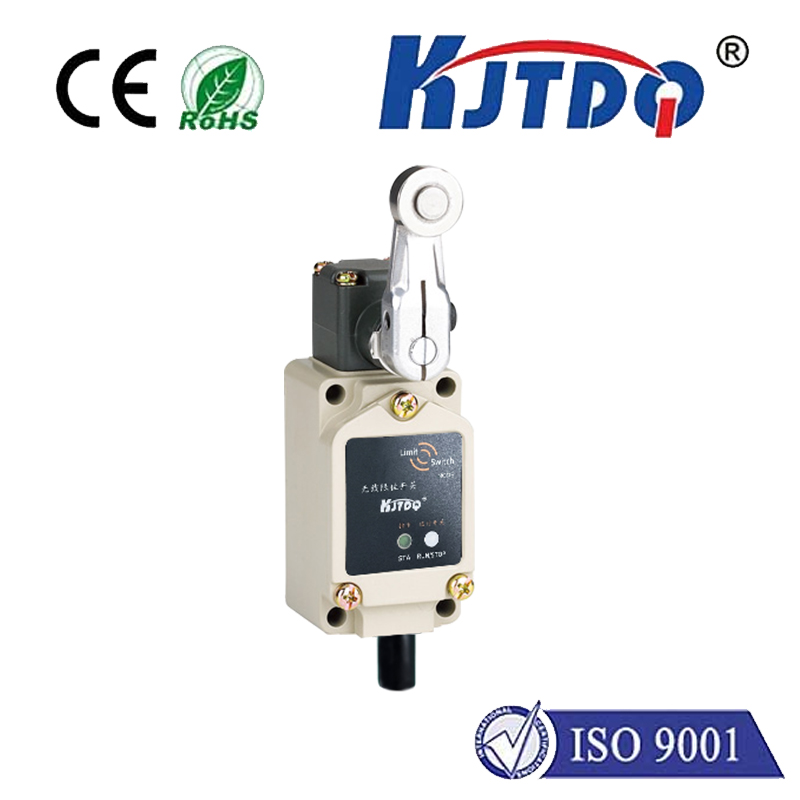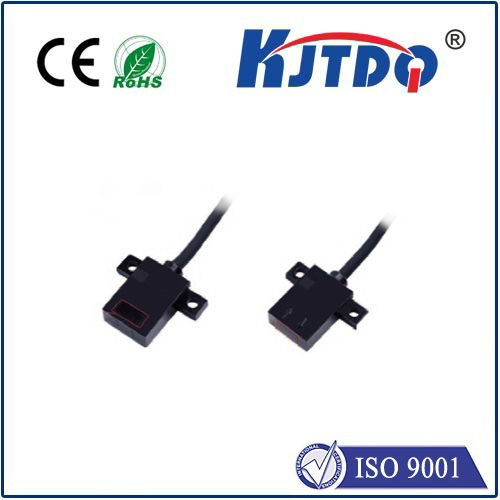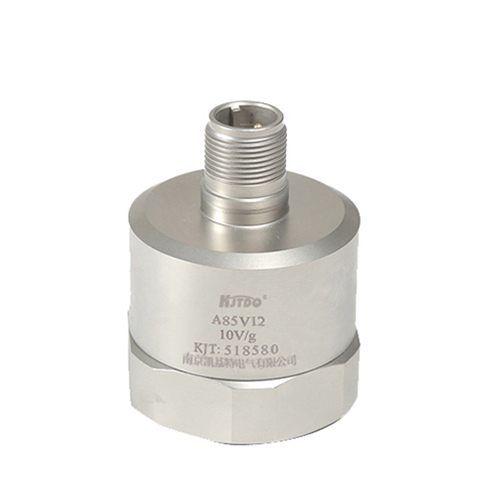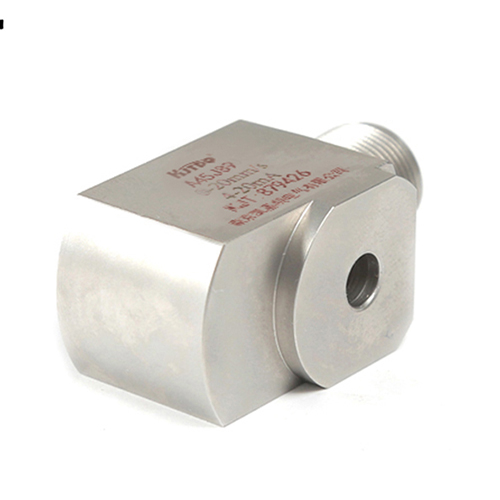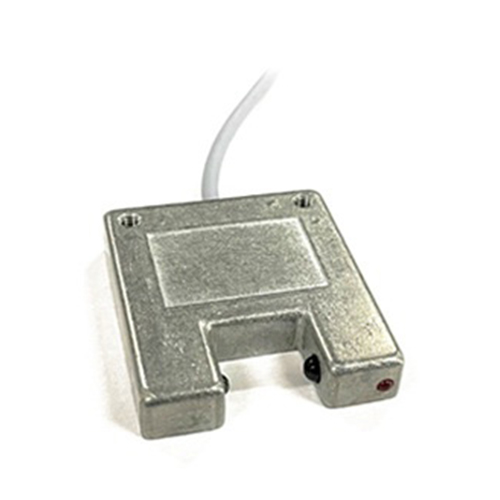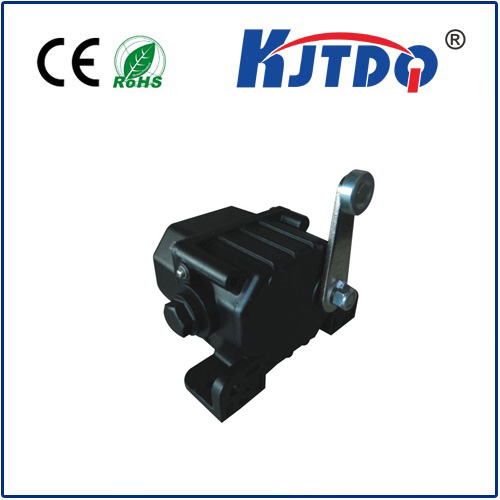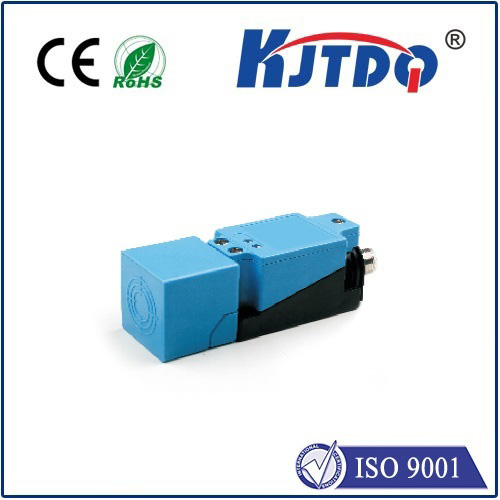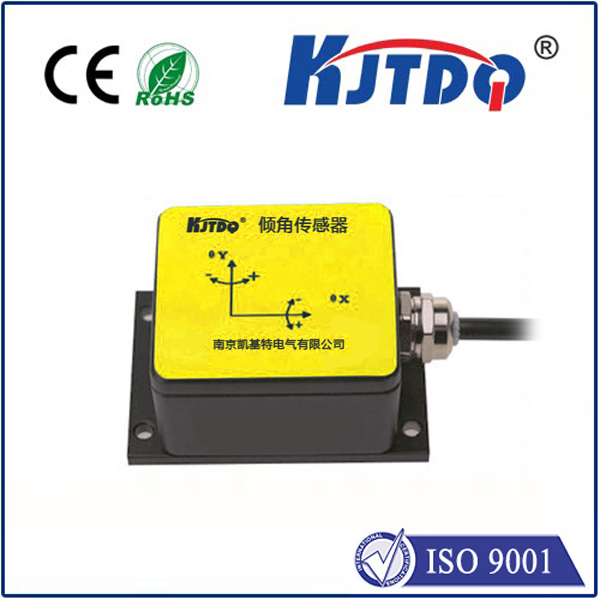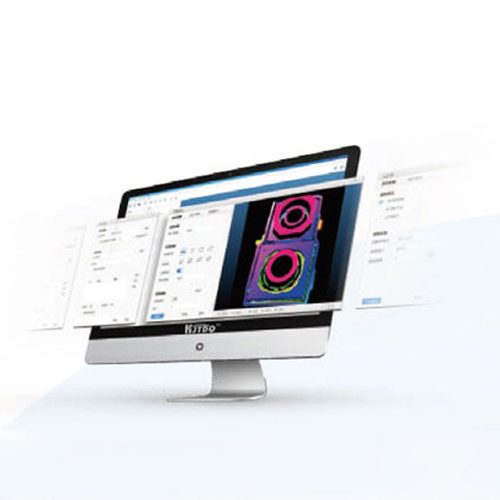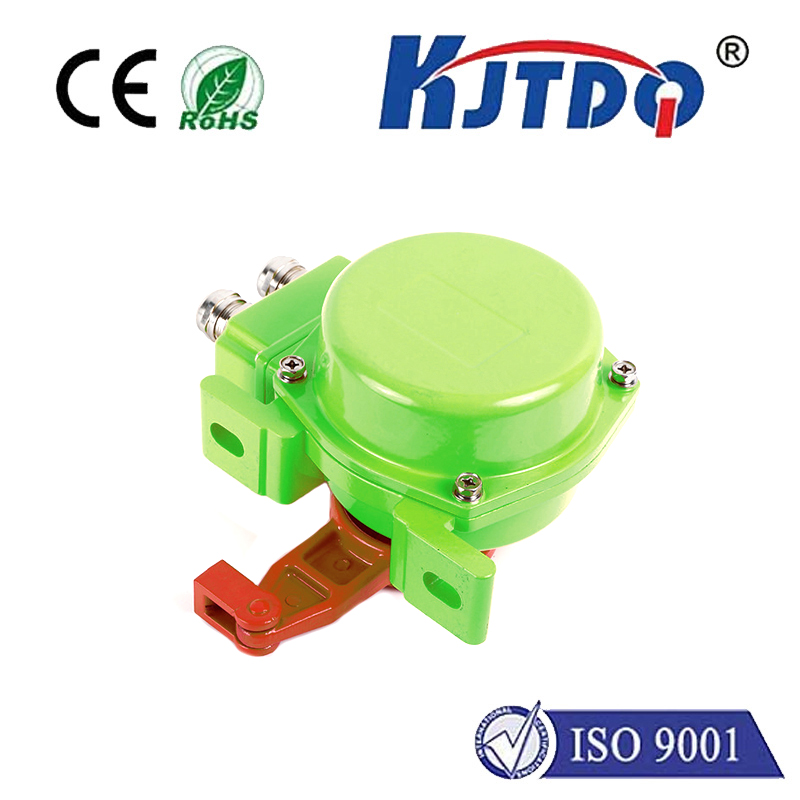PT501E pressure sensor
- time:2025-09-23 06:51:31
- Click:0
PT501E Pressure Sensor: Engineered for Precision and Reliability in Demanding Environments
Imagine a critical hydraulic system powering heavy machinery. Every pound per square inch (PSI) matters. Too little pressure, and performance falters; too much, and catastrophic failure looms. This scenario underscores the vital, often invisible, role pressure sensors play across countless industries – from manufacturing and oil & gas to HVAC and aerospace. Selecting the right sensor isn’t just about measurement; it’s about safety, efficiency, and operational integrity. Enter the PT501E pressure sensor, a transducer designed to deliver dependable, high-accuracy readings in the face of challenging conditions.
The PT501E stands as a robust solution in the world of industrial pressure measurement. Engineered as a stainless steel pressure transducer, its fundamental purpose is to convert the physical force exerted by gases or liquids into a precise, standardized electrical signal – typically either a millivolt output (mV/V) proportional to the excitation voltage, or a conditioned 4-20mA output signal. This transformation enables seamless integration into control systems, data acquisition setups, and monitoring networks, providing vital real-time data for process optimization and safety protocols. Choosing the PT501E signifies prioritizing durability, accuracy, and long-term stability.

Why the PT501E Excels: Core Design Features
- Uncompromising Construction: At its heart, the PT501E utilizes a stainless steel sensing element. This choice is crucial. Stainless steel offers exceptional resistance to corrosion and oxidation, making the sensor suitable for contact with a wide range of media, including water, oils, fuels, and many industrial chemicals. This inherent robustness extends the sensor’s operational lifespan significantly, even in harsh or corrosive environments where lesser sensors might degrade rapidly.
- Exceptional Accuracy and Stability: Precision is non-negotiable in critical applications. The PT501E is characterized by its high accuracy, often specified down to 0.1% or 0.25% of full scale (FS). Furthermore, it boasts excellent long-term stability, meaning its calibration drifts minimally over time. This combination ensures that readings remain trustworthy year after year, reducing the need for frequent recalibration and minimizing measurement uncertainty in processes where tiny pressure variations significantly impact outcomes.
- Rugged and Reliable: Beyond its corrosion resistance, the PT501E is built tough. Its all-welded stainless steel construction eliminates potential leakage points inherent in designs using seals or O-rings. This design philosophy contributes directly to its reliability, offering superior resistance to shock, vibration, and pressure spikes – common occurrences in industrial settings. Engineers value this ruggedness as it directly translates to reduced downtime and maintenance costs.
- Flexible Output Options: Recognizing the diversity of monitoring and control systems, the PT501E is commonly available in two primary output configurations:
- Millivolt Output (mV/V): This is the fundamental output directly from the sensing element’s Wheatstone bridge. It requires external signal conditioning but offers excellent signal fidelity and high-frequency response. Ideal for OEM integration or custom datalogging solutions where system designers prefer their own amplification circuitry.
- 4-20mA Output: A robust, industry-standard output signal. This conditioned output provides inherent noise immunity, allows for long cable runs without significant signal degradation, and offers live zero detection (4mA = zero pressure/low scale). This makes the PT501E with a 4-20mA loop extremely simple to integrate into existing PLCs (Programmable Logic Controllers), SCADA systems, and process control instrumentation.
- Compact and Versatile Mounting: Despite its sturdy build, the PT501E maintains a compact form factor, facilitating installation in tight spaces. Common pressure port configurations include 1⁄4” or 1⁄2” NPT, G1/4, or M20 x 1.5, providing flexibility for different system interfaces. This versatility ensures it can be readily adapted to retrofit existing equipment or specified for new designs.
Understanding the Specifications: Key Parameters
When evaluating the PT501E for a specific application, several key specifications are paramount:
- Pressure Range: Available in a broad spectrum, typically spanning from low vacuums (e.g., -14.5 PSI) up to very high pressures (e.g., 10,000 PSI or more). Selecting the appropriate range is critical – ideally, the expected operating pressure should fall within 50-80% of the sensor’s full scale for optimal accuracy and longevity.
- Accuracy: Usually expressed as a percentage of full scale (% FS) and includes effects like Non-Linearity, Hysteresis, and Non-Repeatability. 0.1% FS and 0.25% FS are common high-accuracy grades for the PT501E.
- Operating Temperature Range: Defines the ambient and media temperatures the sensor can withstand without damage or performance degradation beyond its specifications. Ranges like -40°C to 125°C are standard, ensuring operation in demanding thermal environments.
- Output Signal: Confirm whether mV/V, 4-20mA, or perhaps other conditioned outputs like 0-5V or 0-10V are required for your system.
- Pressure Port & Electrical Connection: Ensure compatibility with existing piping/threads and electrical connectors (e.g., DIN connector, cable gland).
- Media Compatibility: While stainless steel covers many media, confirm compatibility with any specific aggressive chemicals, gases, or liquids present in your application.
- Excitation Voltage: For mV/V models, the required input voltage (e.g., 10VDC) to power the bridge must be supplied. For 4-20mA models, they typically operate on a loop power supply (e.g., 12-36VDC).
Where the PT501E Makes a Critical Difference: Application Areas
The combination of ruggedness, precision, and reliability makes the PT501E pressure sensor ideal for diverse sectors:
- Industrial Automation & Process Control: Monitoring and controlling pressure in hydraulic and pneumatic systems, pumps, compressors, filtration systems, and manufacturing lines. Ensuring consistent pressure is fundamental to product quality and machine safety.
- Energy & Oil/Gas: Measuring pressures in pipelines, wellheads, separators, and processing equipment. Reliability in potentially explosive (ATEX/IECEx options may be available) or corrosive environments is paramount here. Level measurement via hydrostatic pressure is also common.
- HVAC/R: Controlling refrigerant pressures in chillers, heat pumps, and refrigeration systems, as well as monitoring steam pressure and water flow in building management systems. Accurate pressure control optimizes energy efficiency.
- Heavy Machinery & Mobile Equipment: Monitoring hydraulic pressures in excavators, cranes, agricultural machinery, and presses. Withstanding shock and vibration is critical in these dynamic environments.
- Test & Measurement / Laboratory: Providing precise pressure data for R&D, calibration benches, and fluid dynamics testing. The PT501E’s inherent accuracy makes it suitable for these demanding tasks.
- Water & Wastewater: Monitoring pump discharge pressure, filter head loss, and tank levels in treatment plants and distribution networks. Stainless steel construction resists corrosion from water and treatment chemicals.
Installation Considerations: Maximizing Performance
While robust, correct installation ensures the PT501E delivers its full potential:
- Mounting: Securely mount the sensor to minimize stress on the pressure port and electrical connections. Avoid mounting in locations with excessive vibration if possible, or use vibration dampeners.
- Pulsation & Spikes: For systems with significant pressure pulsations or potential spikes (e.g., from pumps or valves),






